- B-Stock Polish Pottery – Sorted & Unique
- Bowls
- Butter Dishes
- Mugs
- Plates
- More
- Jars
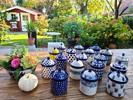
- Outlet
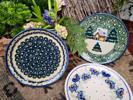
- Baking Dishes made of Boleslawiec Pottery
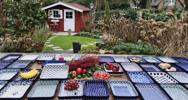
- Polish Pottery Platters – Wide Selection of Shapes & Sizes
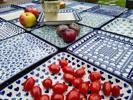
- Jugs & Pitchers – Wine, Water, Juice, Milk – Polish Pottery
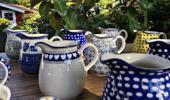
- Wintry

- Decoration
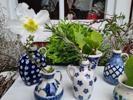
- Teapots & Coffee Pots in Bolesławiec Polish Pottery
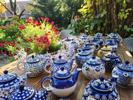
- Artists

- Faith – Christianity – Polish Pottery

- 1000 and a cup
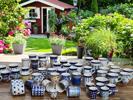
- Custom made

- Exclusive Polish Pottery
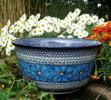
- Gift Voucher for Polish Pottery – Give Handcrafted Quality

- Over 4600 Polish Pottery Patterns
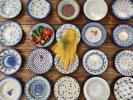
- Unique pieces Polish pottery
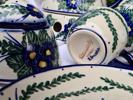
- Polish Pottery Sets & Second Choice – Beauty at a Great Price
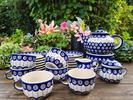
- Saucier – Cooking with Polish Stoneware

- Soup Kitchen – Polish Pottery

- Complete service
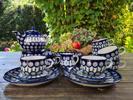
- Exhibition Room

- Bathroom & WC – Polish Pottery by Ceramika Artystyczna

- Pizza Baking – Polish Pottery

- Vases in Polish Pottery – Ceramika Artystyczna
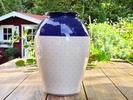
- Chef Pâtissier – Sweet and Savoury – in, on and with Polish Pottery

- Garde-Manger – Cooking with Polish Pottery Tableware

- Plongeur – Cleaning Polish Pottery Tableware

- Rôtisseur – Cooking with Polish Pottery

- Polish Pottery Sets at Discount Prices
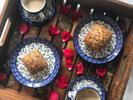
- For the Danish Kitchen – Ceramic Tableware

- Grillardin – Grilling, Smoking & Barbecue with Polish Pottery

- Bulk Discount – Save on Polish Pottery
- Customer Service & FAQs – Polish Pottery
- Sweet Dreams

- For the German Kitchen – Polish Pottery Tableware

- The History of Polish Pottery
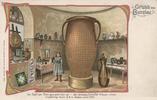
- For the Polish Kitchen – Polish Pottery

- For the Spanish Kitchen – Polish Pottery

- Ceramika Artystyczna - The Queen of Polish Pottery Ceramics

- Dishes for lovers

- Polish pottery gallery

- Sustainability

- Polish Ceramics from Ceramika Manufaktura

- Breakage-Free Guarantee – Safe Delivery of Your Polish Pottery
- Polish Pottery – Safe, Food-Safe & Everyday-Ready
- Reorder Guarantee – Your design available for many years
- Cookbook – Recipes and Cooking with Polish Pottery by Gourmet Chef Christian Kindervater

- Special Shipping Requests

- Gift Wrapping – Polish Pottery
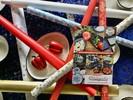
- Trusted Shops Buyer Protection – Excellent Shop – Certified for 17 years (since 15/05/2008) – Bunzlauergrosshandel.de

- Jars
Bring both beauty and functionality to your kitchen with our collection of handmade lemon juicers crafted from Polish pottery by the esteemed Ceramika Artystyczna. Each piece is a unique work of art, featuring the iconic cobalt blue Bunzlauer patterns, and is made entirely by hand – from shaping to painting.
Whether you’re squeezing lemons for tea, baking, dressings, or fresh lemonade, these ceramic juicers are as efficient as they are decorative. The deep ridges of the reamer extract juice easily, while the integrated spout and side handle ensure clean and easy pouring. The high-fired stoneware is food-safe, acid-resistant, and dishwasher safe.
More than just a practical kitchen tool, each juicer adds a charming, rustic elegance to your countertop. Perfect as a gift or as a personal indulgence, these lemon presses reflect the heritage of Polish pottery while offering everyday functionality.
Embrace craftsmanship, tradition, and design – with a touch of timeless Polish artistry in your kitchen.
The Lemon – Origin, Varieties, History, Nutrition & Use in Cuisine and Mixology
1. Origin and Background
The lemon (Citrus limon) belongs to the Rutaceae family and is a hybrid between the bitter orange (Citrus aurantium) and the citron (Citrus medica). It originated in northeastern India, northern Myanmar, and southern China. It was introduced to the Mediterranean region via Persia and the Arab world in the 10th century. Today, major producers include Italy, Spain, Turkey, and the USA (especially California).
2. Varieties of Lemon
Popular lemon varieties include:
Eureka – thin-skinned, juicy, available year-round
Lisbon – similar to Eureka but more weather-resistant
Primofiori (Spain) – intensely aromatic, harvested in fall/winter
Verna (Spain) – larger, fewer seeds, spring/summer season
Femminello (Italy) – prized for zest and culinary use
Meyer Lemon – a milder hybrid with a slight orange flavor, sweeter and less acidic
3. History of the Lemon
Lemons were known to the Romans but weren’t widely cultivated. Their spread throughout Europe accelerated through Arab trade routes. By the Middle Ages, lemons were valued for their medicinal properties, particularly as a treatment for scurvy. In the Age of Exploration, they became essential for sailors to prevent vitamin C deficiency during long voyages.
4. Organic vs. Conventional Lemons
Organic lemons:
Grown without synthetic pesticides or chemical fertilizers
Peel is safe to consume (ideal for zest)
Stricter environmental and sustainability standards
Certified under EU or USDA organic regulations
Conventional lemons:
May be treated with wax or fungicides (especially on the peel)
Often labeled: “peel not suitable for consumption”
Higher yields but potential chemical residue
5. Nutritional Value and Vitamins
Lemons are low in calories (approx. 29 kcal/100g) and rich in essential nutrients:
Vitamins:
Vitamin C: ~50 mg/100g – supports immune health and collagen synthesis
B vitamins (B1, B2, B6)
Minerals:
Potassium (~140 mg/100g)
Magnesium
Calcium
Phosphorus
6. Importance of Vitamin Intake
Vitamins are essential micronutrients. Vitamin C, in particular, cannot be synthesized by the human body and must be obtained through diet. It plays a vital role in:
Immune defense
Tissue repair
Iron absorption
Preventing scurvy
Regular intake of vitamin C-rich foods like lemons is crucial for overall health and resilience.
7. Use in Gastronomy
Lemons are extremely versatile:
Juice: for marinades, salad dressings, sauces, seafood
Zest: used in baking, desserts, pasta, and cocktails
Preserved lemons: in Moroccan and Middle Eastern cuisine
Infused oils, vinegars, and butters
Balance: provides acidity to offset fat, sweetness, or salt
8. Use in Bars and Mixology
Lemon is indispensable in cocktail culture:
Fresh lemon juice is a key acid component
Zest and peel add aroma and visual flair
Lemon balances sweet and bitter ingredients
Used in syrups, shrubs, and garnishes
9. 10 Exceptional Lemon Cocktails (with Recipes)
1. Whiskey Sour
Ingredients:
6 cl bourbon
3 cl fresh lemon juice
2 cl simple syrup
(Optional: 1 egg white)
Instructions:
Dry shake (without ice) if using egg white, then shake again with ice. Strain into a rocks glass over ice. Garnish with a lemon twist.
2. Tom Collins
Ingredients:
5 cl gin
3 cl lemon juice
2 cl simple syrup
Soda water
Instructions:
Build in a highball glass over ice. Top with soda water. Garnish with a lemon slice.
3. Lemon Drop Martini
Ingredients:
4 cl vodka
2 cl lemon juice
2 cl triple sec
1 cl simple syrup
Instructions:
Shake with ice and strain into a chilled martini glass. Optional: sugar rim and a lemon peel garnish.
4. Bee’s Knees
Ingredients:
5 cl gin
2 cl lemon juice
2 cl honey syrup (1:1 honey and water)
Instructions:
Shake and strain into a chilled coupe glass. Garnish with a lemon twist.
5. French 75
Ingredients:
3 cl gin
1.5 cl lemon juice
1 cl simple syrup
Top with Champagne
Instructions:
Shake first three ingredients, strain into a flute, top with Champagne. Garnish with a lemon curl.
6. Vodka Collins
Ingredients:
5 cl vodka
3 cl lemon juice
2 cl simple syrup
Soda water
Instructions:
Build in a tall glass with ice. Top with soda. Garnish with lemon.
7. Lemon Basil Smash
Ingredients:
5 cl gin
2 cl lemon juice
2 cl simple syrup
Fresh basil leaves
Instructions:
Muddle basil, shake with other ingredients, and strain into a rocks glass over ice.
8. Sidecar
Ingredients:
5 cl cognac
2 cl Cointreau
2 cl lemon juice
Instructions:
Shake with ice and strain into a chilled cocktail glass. Optional: sugar rim.
9. Lemon Gin Fizz
Ingredients:
5 cl gin
3 cl lemon juice
2 cl simple syrup
Soda water
Instructions:
Shake the first three, strain over ice in a highball glass, top with soda.
10. Sicilian Sour
Ingredients:
4 cl amaretto
2 cl lemon juice
2 cl orange juice
1 cl simple syrup
Instructions:
Shake all ingredients, serve over ice in a tumbler. Garnish with orange peel.



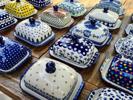




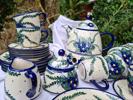
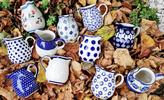
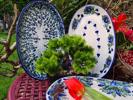



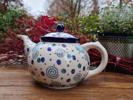
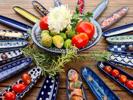
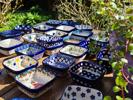
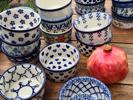
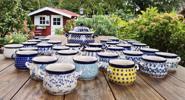
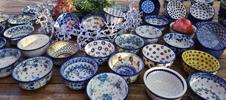
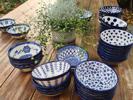
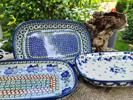
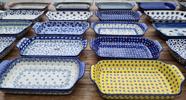
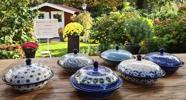

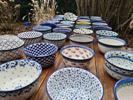

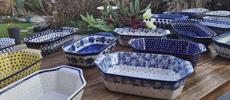
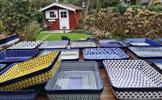
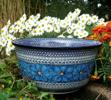
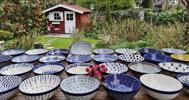
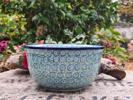
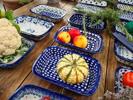
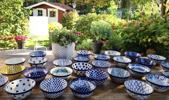
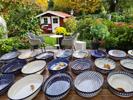
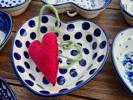
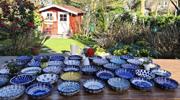
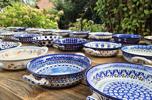

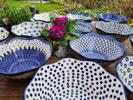
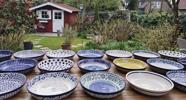
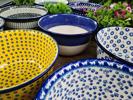
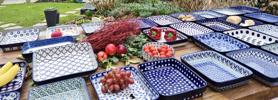
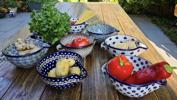
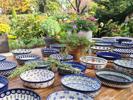
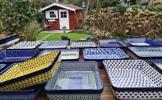


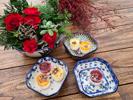
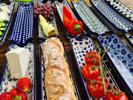
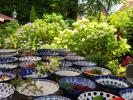


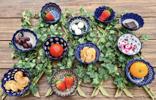
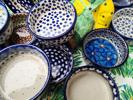

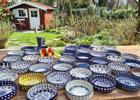
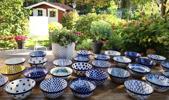

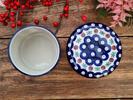
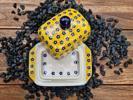
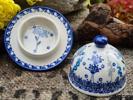
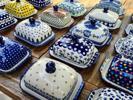
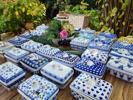



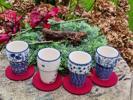

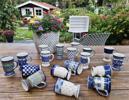


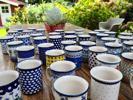




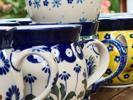




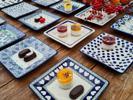
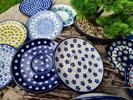

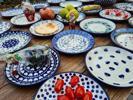
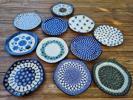
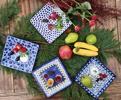
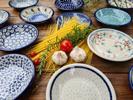
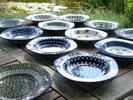
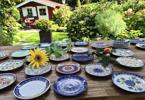

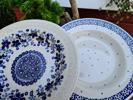
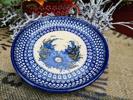

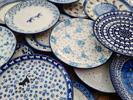
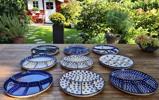
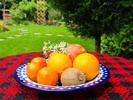

 Plenty Lions
Plenty Lions